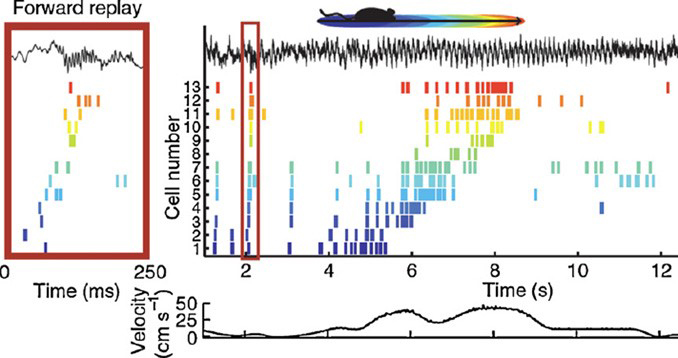Monday, 8 November 2021
An example of the importance of our brain rhythms

A large majority of the neurons in the human brain display rhythmic activity patterns—in other words, they send out one nerve impulse, then go quiet, then send out another nerve impulse, and so on. These patterns, which have different frequencies, are one of the neurons’ preferred means of communicating with one another. But unfortunately, college and university neuroscience textbooks discuss the brain’s neural rhythms only very superficially, even though they are actually starting to shed light on many different scientific mysteries. One good example is the consolidation of learning, which is associated with certain types of neural activity in the hippocampus. That’s just about all that a lot of textbooks have to say on the subject—nothing about what specific mechanism might be involved. Or you might read that your recently acquired memories are consolidated while you’re asleep or reconsolidated when you retrieve them, and that the hippocampus is somehow involved, but that’s it. (more…)
Memory and the Brain | Comments Closed







